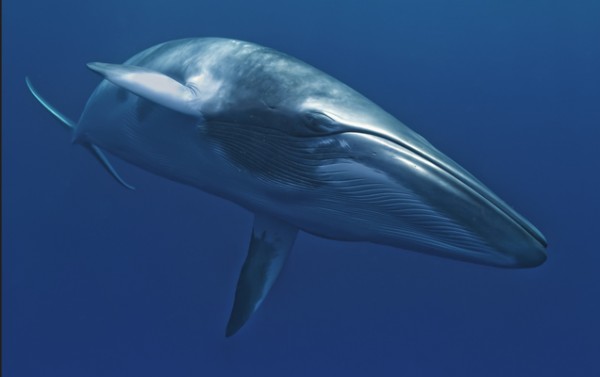nature:鲸鱼进化与基因突变

鲸鱼进化与基因突变
大约5400万年前,一种半水生的鹿状生物走向水中,并永远地生活在那里,直至最后进化成鲸和它们的“亲属”。
小须鲸的最新基因测序结果讲述了生活在水下的压力有多大。一个国际研究小组测序了四头小须鲸、一头鳍鲸、一只宽吻海豚和一只江豚的基因,并将这些鲸目动物的基因与其他哺乳动物的对等基因进行了比较分析。
研究结果显示,鲸类动物的基因突变对于调整盐度和血压,以及抗氧化物十分重要,后者能够去除会伤害细胞的带电氧分子。当鲸在潜水耗尽氧气时,这些分子数量会增加。
鲸还有数量更大的名为基因家族的相关基因,以便帮助其处理持续潜水过程中会出现的问题。总体而言,1156个基因家族出现了发展,其中有数个家族增加了能帮助鲸应对从低到无的氧气环境的酶的数量。
研究人员还表示,裸鼹鼠体内也出现了上述基因家族的一部分。裸鼹鼠生活在地下,那里的氧气也十分缺乏。但是,有关体毛、味觉和嗅觉的基因数量出现了下降。当然,还有基因和基因家族有助于解释为何鲸呈现出目前的样子。
原文摘要:
ScienceShot: How the Whale Became the Whale
About 54 million years ago, a semiaquatic deerlike creature headed into the water for good, giving rise to whales and their relatives. The newly sequenced genome of the minke whale, a baleen whale found worldwide, tells the story of how stressful this move to live underwater was. An international team has decoded the genomes of four minke whales, a fin whale, a bottlenose dolphin, and a finless porpoise, comparing these cetaceans’ genes to the equivalent genes in other mammals. It found whale-specific mutations in genes important for the regulation of salt and of blood pressure and for antioxidants that get rid of charged oxygen molecules that can harm cells. These molecules increase in number as the whale uses up its oxygen supply during dives. Whales also had larger numbers of related genes, called gene families, for dealing with sustained dives, the team reports online today inNature Genetics. Overall, 1156 gene families had expanded, and several increased the number of enzymes that help the whale cope with low-to-no oxygen conditions. A few of those expanded families are also expanded in naked mole rats, which live underground where oxygen is scarce. But the numbers of genes for body hair and for taste and smell had decreased. And of course, there were genes and gene families that help explain why whales look the way they do.

